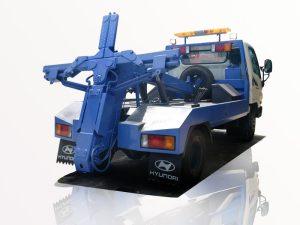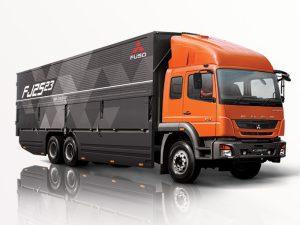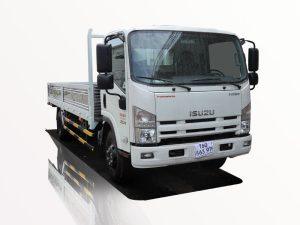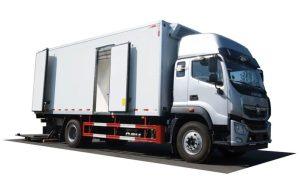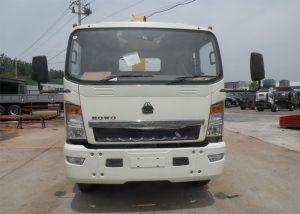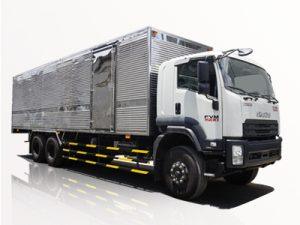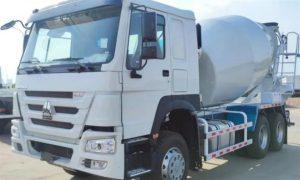Monday to Saturday - 8:00 -17:30
Best Time of the Year to Buy an RV: A Comprehensive Guide
Purchasing an RV can be an exhilarating experience, yet it requires research and timing to ensure you get the best deal. Knowing the best time of the year to buy an RV can save you a significant amount of money. This article will guide you through the seasons, trends, and other factors influencing RV prices to help you make the most informed decision.
Understanding the RV Market
What Drives RV Prices?
Several factors influence RV prices, including:
- Demand and Supply: Higher demand during peak seasons can drive prices up.
- Manufacturer Sales: New model releases and dealership incentives play a significant role.
- Seasonal Maintenance: Certain times of the year see lower prices due to less demand and inventory clearance.
The RV Buying Cycle
The RV buying cycle can be divided into four key phases:
- Preparation Phase (Fall/Winter): Research, decide which RV type suits you, and plan your budget.
- Peak Buying Season (Spring/Summer): Typically from March to August, this is when prices are at their highest.
- End of Season (Late Summer/Fall): Prices drop as dealers try to clear inventory.
- Model Year Changeover (Fall): New models come in; the previous year’s models are heavily discounted.
The Best Time of Year to Buy an RV
1. Late Summer to Early Fall: September to October
This period is often considered the golden time for RV buyers. As the summer camping season ends, dealers aim to clear leftover inventory to make space for new models.
- Discount Offers: Many dealers offer significant discounts during this time.
- Less Competition: With fewer buyers, you can negotiate better deals.
2. End of Year Deals: November to December
During the holiday season, many dealers offer year-end clearance sales to boost their sales figures before the new year.
- Great Discounts: Expect markdowns on previous year’s models.
- Financing Options: Dealers often provide enticing financing packages.
3. Pre-Season Sales: February to March
As RV dealerships prepare for the new season, many launch sales events in early spring.
- Manufacturer Rebates: Look for cash-back offers as manufacturers try to stimulate sales.
- Model Previews: New models might be showcased, allowing for side-by-side comparisons.
4. Avoiding Peak Season: March to August
During the peak camping season, demand increases, and prices climb. If you can, avoid purchasing during these months.
- Higher Prices: Expect little room for negotiation.
- Limited Inventory: Popular models could be sold out.
Tips for Timing Your RV Purchase
1. Research and Compare Pricing
Use online resources and local dealerships to compare prices. Track pricing trends and understand what constitutes a good deal for your chosen RV make and model. Websites like RV Trader and NADA Guides can offer valuable insights.
2. Take Advantage of RV Shows
Attending RV shows can provide you access to multiple dealers in one location. You can often secure show-exclusive promotions and discounts.
Benefits of Attending RV Shows
- Comparison of different makes and models in one place.
- Informed buying decisions from manufacturer representatives.
- Ability to ask questions and get live demonstrations.
3. Utilize Online Resources and Reviews
Before making a purchase, read reviews from fellow RV enthusiasts and partake in online forums. Websites like Camping World or RV Life offer wealth of information about the best time to buy.
4. Be Ready to Negotiate
Don’t hesitate to negotiate the price with dealers. Being informed and knowing the market value can aid your case significantly.
5. Consider a Used RV
If you want to save even more, consider shopping for used RVs. They can be found at better prices during the off-peak seasons as well.
Common Myths About Buying RVs
1. Myth: RV Prices are the Same Year-Round
Many buyers assume that RV prices do not fluctuate much over the year. In reality, timing your purchase can yield significant savings.
2. Myth: Buying Online Means Losing Out on Best Prices
While local dealers are great, there are often exclusive online deals that can lead to savings.
3. Myth: The Best Time is Summer
Summer is the peak camping season; therefore, demand is highest, and prices are least negotiable.
Practical Example: Price Comparison
| Month | Average Price of RV | Discount Opportunities |
|---|---|---|
| January | $40,000 | Low Discounts |
| March | $45,000 | Minimal Discounts |
| July | $47,500 | No Discounts |
| September | $39,000 | High Discounts |
| November | $38,000 | High Discounts |
Financing Your RV: Timing Matters
The Impact of Interest Rates
Interest rates fluctuate, and securing a loan at the right time can save you thousands. Keep an eye on the market and consult with financial institutions to find favorable rates.
Dealer Financing vs. Bank Loans
Research both dealer financing and bank loans. Sometimes dealers offer promotional rates that could be lower than traditional banks.
Frequently Asked Questions (FAQs)
1. What is the worst time to buy an RV?
The worst time to buy an RV is during the peak camping months (March to August) when prices are at their highest.
2. Should I buy an RV at the end of the model year?
Yes, buying at the end of the model year (Fall) can yield significant discounts on last year’s models.
3. Do RV shows provide good deals?
Yes, RV shows often showcase discounts, financing incentives, and the ability to compare many RVs together.
4. Is it better to buy new or used?
It depends on your budget and preferences. New RVs come with warranties, while used RVs can be a more economical choice.
5. How do I know what type of RV is right for me?
Consider the number of people who will use it, your travel needs, and budget constraints to determine the right type of RV for you.
6. Can I negotiate the price of an RV?
Yes, RV prices are often negotiable, particularly during off-peak seasons.


